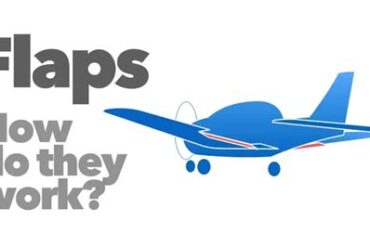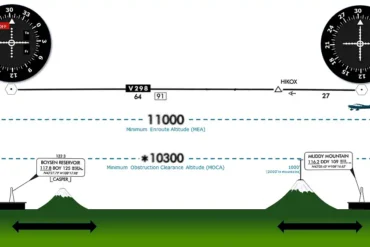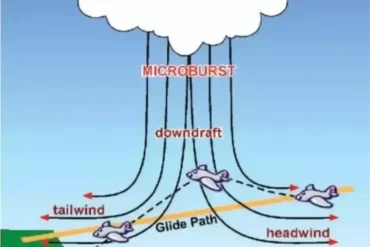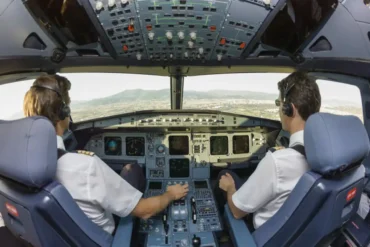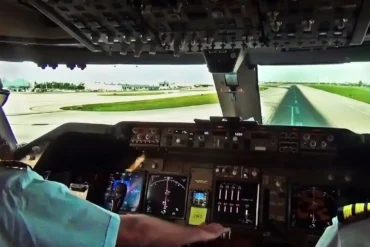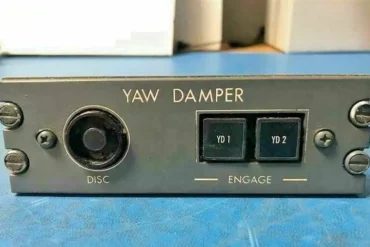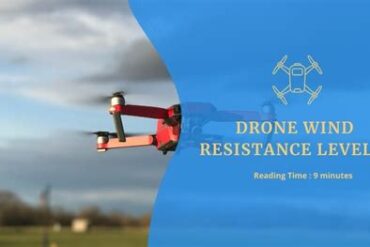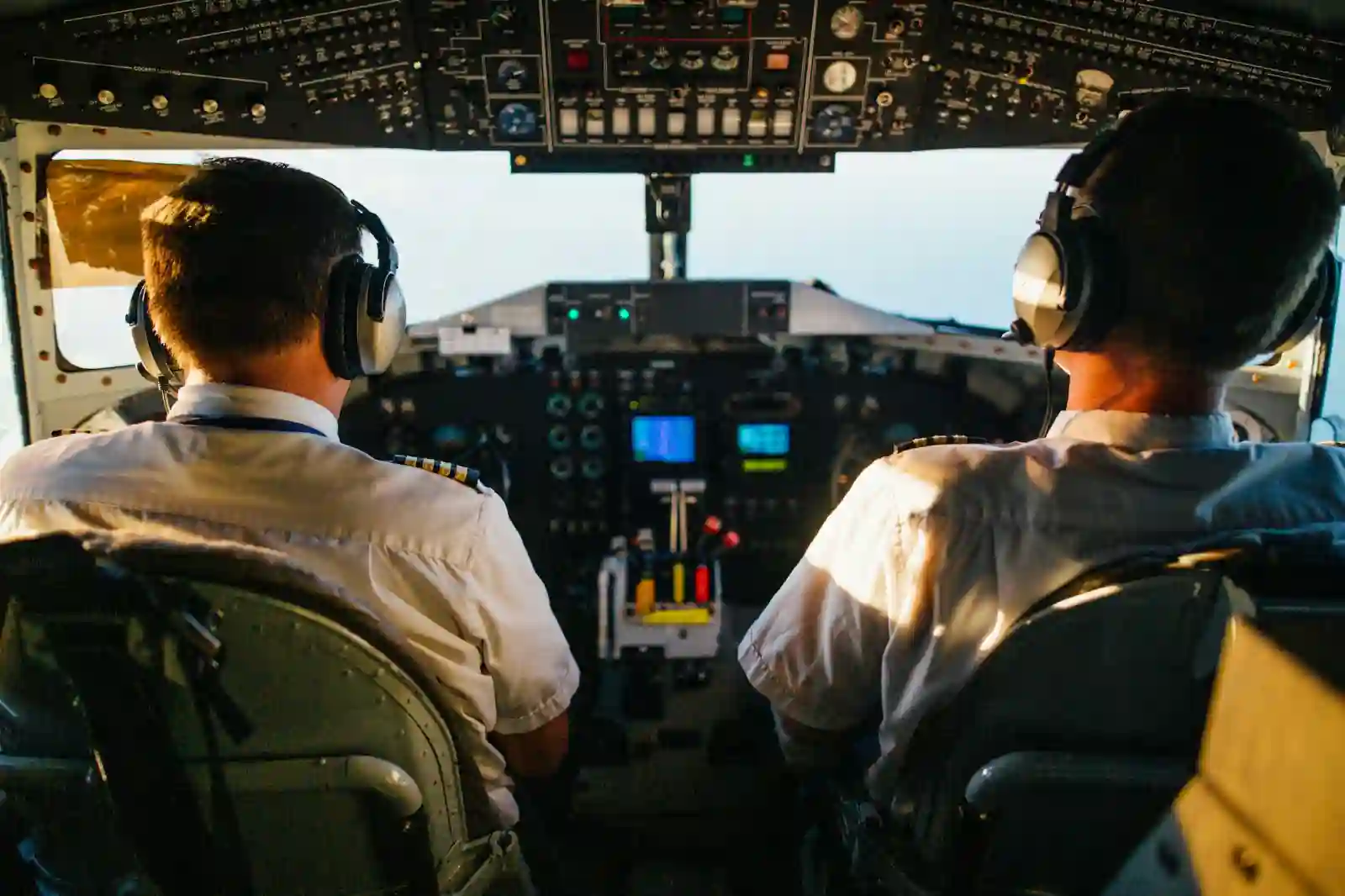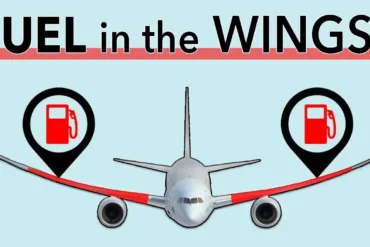What Is VOR and Why It Matters
Hey there! Ever heard of VOR? It stands for Very High Frequency Omni-Directional Range, and it’s a super helpful tool for pilots. Think of it as a radio lighthouse that helps planes figure out where they are. These VOR stations send out radio waves that planes can pick up from about 200 miles away. Pretty cool, right? It’s like having multiple GPS satellites, but for planes!
What Does VOR Actually Do?
So, here’s the deal: VOR stations are like radio DJs, but instead of playing music, they broadcast a three-letter code in Morse. Don’t worry, pilots don’t need to be Morse code experts! These stations point to magnetic north and send out 360 beams (called radials) in all directions. Any plane with the right receiver can use these signals to figure out where it is and stay on course. VORs are super accurate, usually within one degree, which makes them great for long flights.
How Does VOR Work Its Magic?
Pilots can make sure they’re tuned into the right VOR station by listening for that Morse code ID or a voice saying the station’s name. It’s always followed by “VOR,” just to be extra clear. These stations work on a line-of-sight basis, which means planes need to be high enough to catch the signal when they’re far from the station. On the ground, VOR stations use special antennas to send out their signals.
The Scoop on Test Codes
Sometimes, when a VOR station is getting a tune-up, it might send out a test code that spells T-E-S-T in Morse. Or it might go quiet for a bit. Don’t worry, though – most plane equipment can read these codes for you, so you don’t have to be a Morse code whiz.
Is GPS Pushing VOR Out of the Picture?
While GPS is the new hotness in navigation, VOR isn’t going away just yet. Some airports still don’t have GPS approaches, so pilots like to use all the tools they can get for safe flying. That said, the FAA (that’s the Federal Aviation Administration) is slowly reducing the number of VOR stations to save money. They’re aiming to keep about 500 stations, mostly around the busiest airports.
What Are the Latest VOR Types?
As of 2024, we’ve got five types of VOR stations: Terminal, Low, High, VOR Low (VL), and VOR High (VH). Each type covers a different area and altitude range. For example, Terminal VORs cover up to 25 nautical miles and work from 1,000 to 12,000 feet above the ground. Pretty neat, huh?
How Do Pilots Check Their VOR Before Flying?
Before any flight where pilots rely on instruments, they need to make sure their VOR equipment is working right. The FAA says this check needs to happen within 30 days of the flight. Pilots have a few ways to do this, like using a special test signal or checking against known points on the ground.
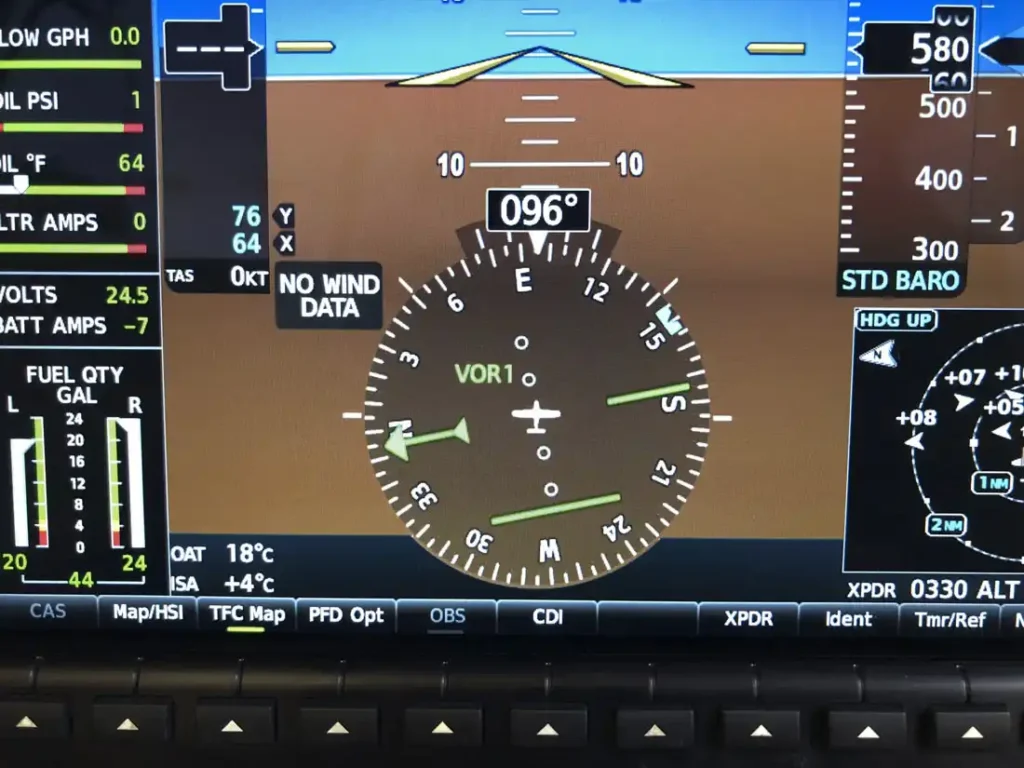
What’s the Deal with VORW?
Most VOR stations can talk to you (well, transmit voice messages), but some can’t. If you see a ‘W’ after VOR on a chart, it means that station is the strong, silent type – no voice capability.
Reading Those Funky Chart Symbols
Pilots have their own secret language of symbols on charts. VOR stations usually show up as a dot inside a hexagon. There are different symbols for stations with extra features, like distance measuring equipment or tactical air navigation systems. It might seem like a lot, but pilots get used to it pretty quickly!


